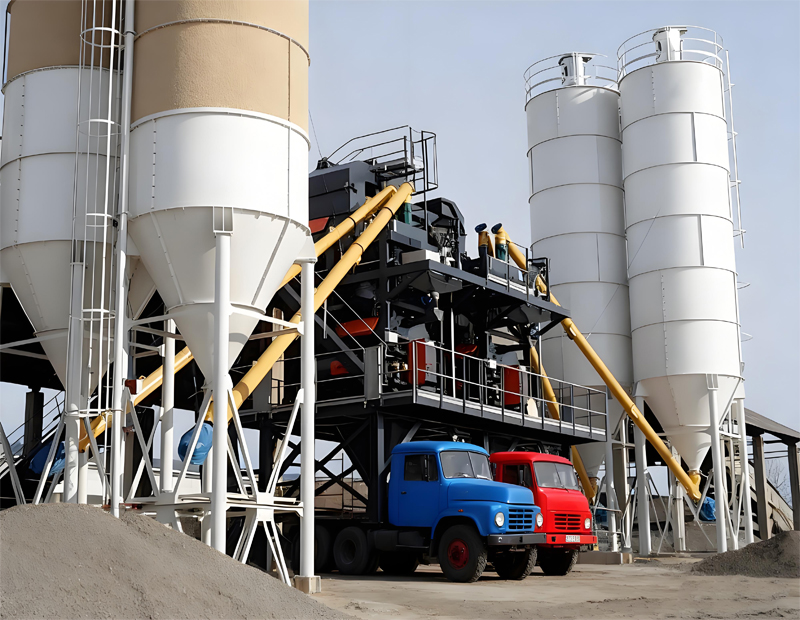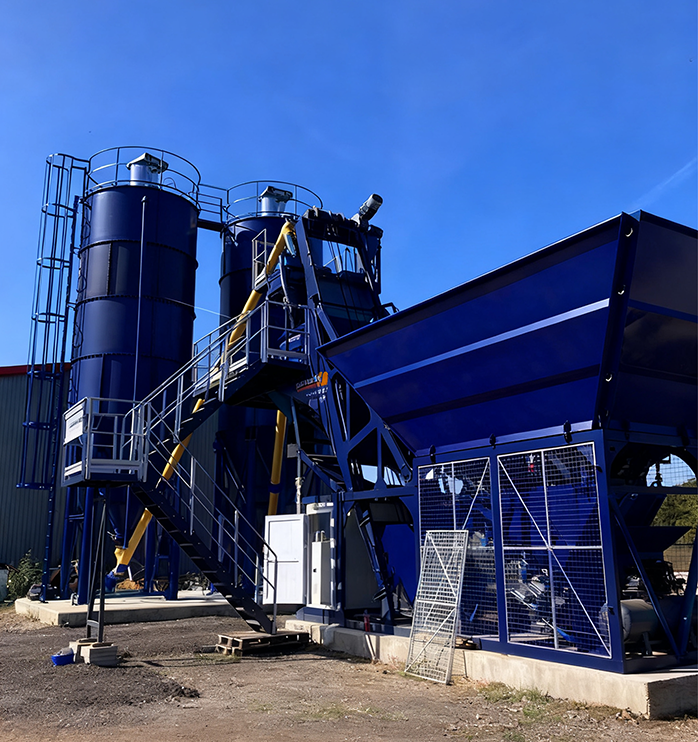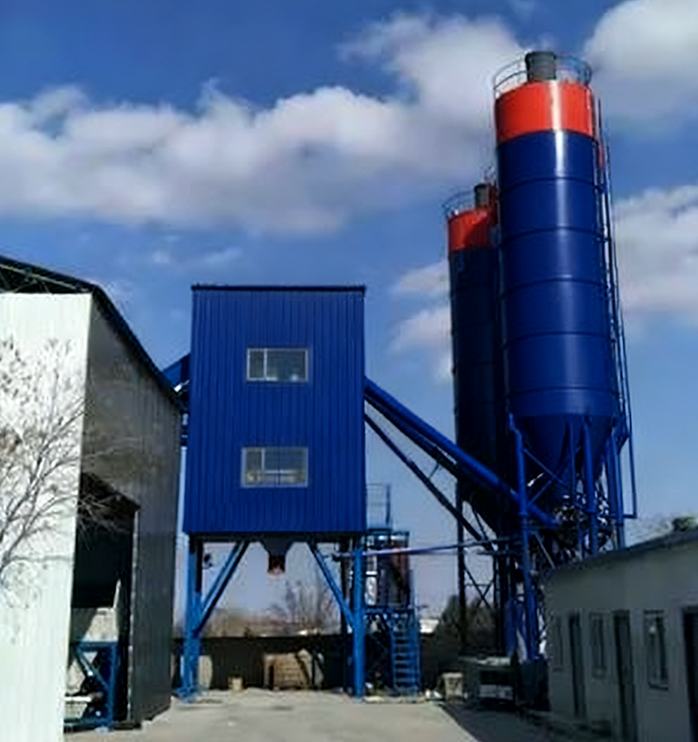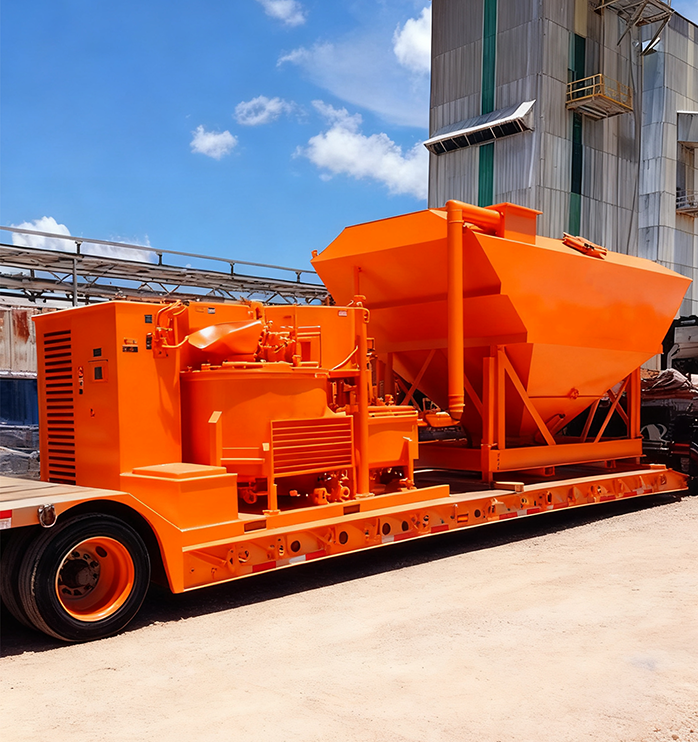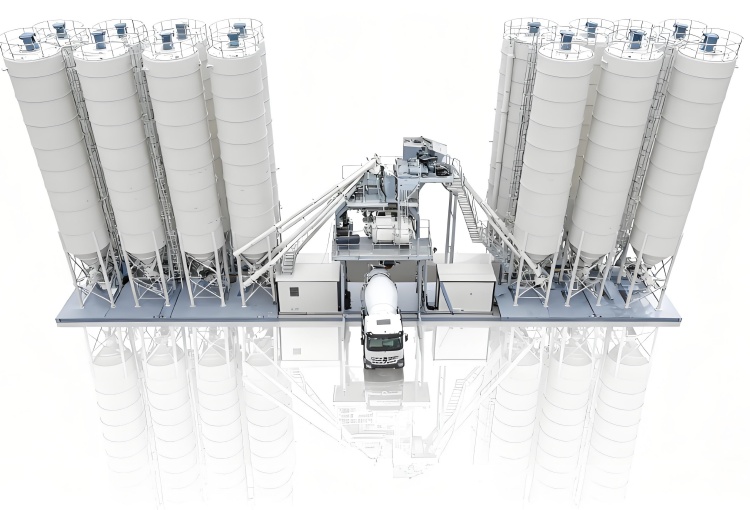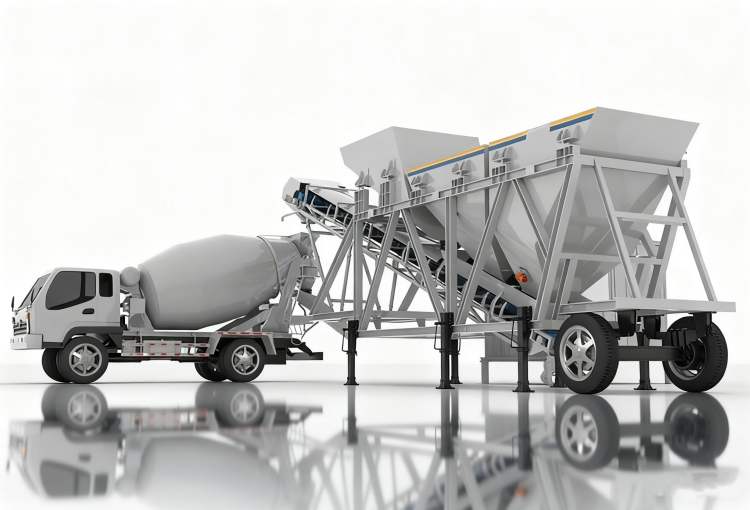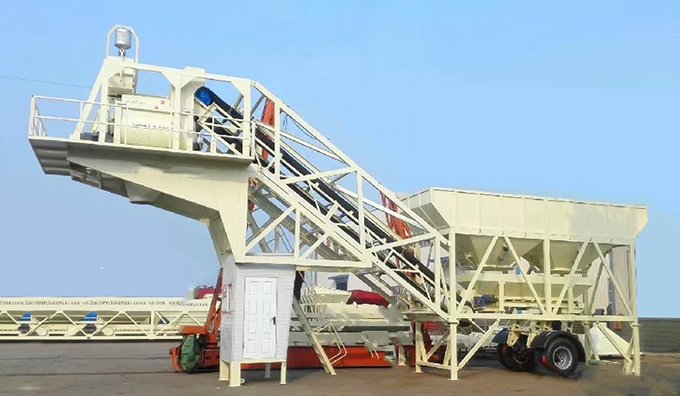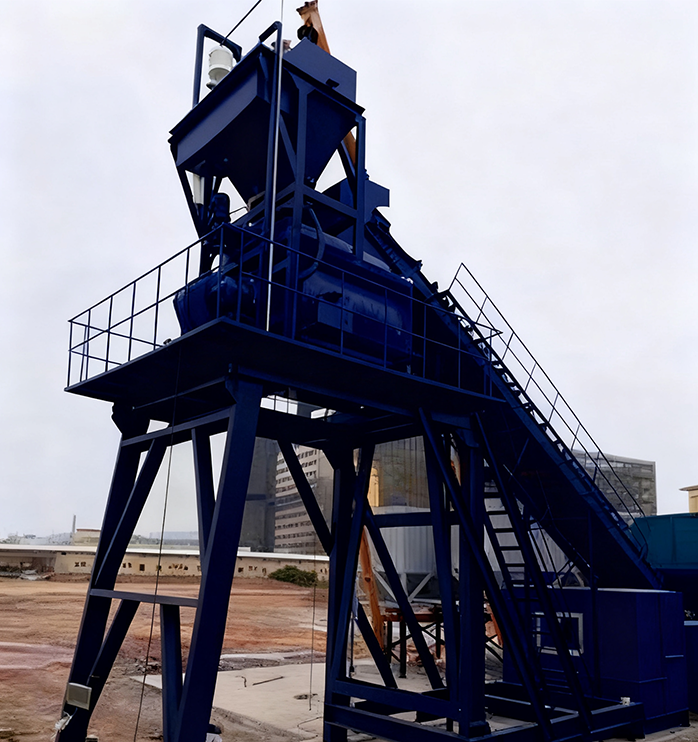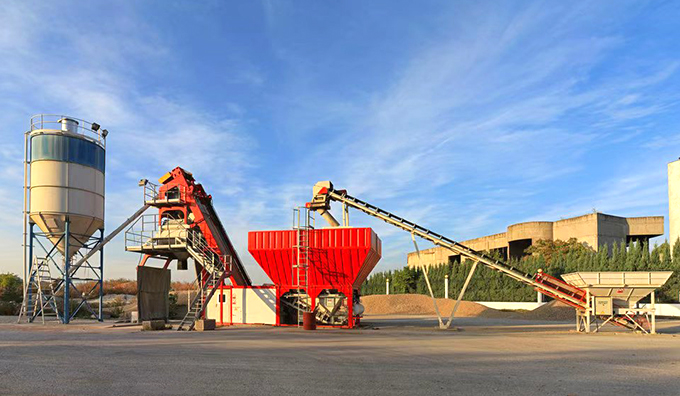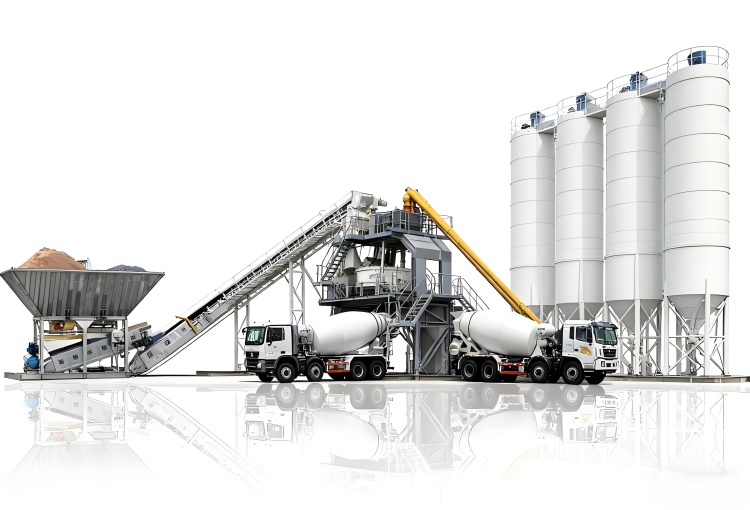1. Introduction: AI in the Concrete Industry
In the past decade, the construction sector has increasingly relied on technology to improve efficiency, quality, and cost-effectiveness. Among these innovations, Artificial Intelligence (AI) is emerging as a game-changer for concrete batching plants worldwide.
In fact, optimizing concrete mix design has historically been a labor-intensive process involving trial-and-error, experienced engineers, and complex calculations. Poor mix ratios can result in structural weaknesses, material waste, and financial losses. AI now enables predictive analytics, real-time adjustments, and precise quality control — revolutionizing the way ready mix concrete plants operate.
Scenario: On a high-rise construction site in Dubai, engineers implemented AI-driven mix design software. Within two weeks, the project reduced cement consumption by 12% while improving compressive strength consistency across batches.
2. Key Challenges in Traditional Concrete Mix Design
Despite decades of technological advances, traditional stationary concrete batching plants face persistent challenges:
2.1. Human Error in Mix Calculations
Manual calculations and adjustments are prone to errors, especially under tight deadlines. Slight deviations in aggregate ratios or water-cement ratio can compromise concrete durability.
2.2. Inconsistent Material Quality
Variations in sand, gravel, and cement quality require constant human monitoring. Without automated oversight, dry concrete batching plants may produce inconsistent mixes.
2.3. Inefficient Resource Usage
Conventional operations often result in excessive cement, water, or admixture usage. Over time, this inefficiency increases operational costs and environmental impact.
2.4. Limited Scalability
Traditional processes are not easily scalable across multiple sites. Contractors relying on mobile concrete batching plants often face difficulties maintaining uniform quality when deploying the same mix formula in different locations.
2.5. Environmental Concerns
Dust emissions, wastewater, and excess material disposal present regulatory challenges. Integrating sustainable practices in precast concrete batching plants is difficult without automated control systems.
3. AI-Powered Solutions for Concrete Mix Optimization
3.1. Predictive Mix Design Algorithms
AI software analyzes historical mix data, raw material characteristics, and environmental conditions to recommend the optimal mix ratio. This approach minimizes human error while improving consistency.
Implementation: Using concrete batch plant software, operators can feed in aggregate moisture content, temperature, and cement type. The system automatically calculates the precise mixture for target compressive strength.
3.2. Real-Time Monitoring and Adjustments
Modern concrete batching plant control panels integrate sensors and IoT devices to continuously monitor production. AI algorithms detect deviations and adjust water, cement, or aggregate proportions in real-time.
Scenario: In a large urban road project, sensors in a volumetric concrete batching plant corrected moisture fluctuations, reducing rejected batches by 18%.
3.3. Predictive Maintenance
AI predicts equipment wear and potential failure in concrete mixing plants. This reduces downtime and extends the lifespan of mixers, conveyors, and silos.
Scenario: Maintenance logs integrated with AI suggested timely replacement of a worn-out cement screw conveyor in a dry mix mortar plant, preventing a week-long production halt.
3.4. Sustainability Optimization
AI identifies opportunities to reduce material consumption, optimize energy use, and minimize emissions. For example, optimizing water-cement ratio not only saves resources but also lowers carbon footprint.
4. Operational Workflow for AI-Driven Concrete Production
Step 1: Data Collection
Step 2: Model Training
Step 3: Integration with Batching Plant
Step 4: Continuous Monitoring
Step 5: Adaptive Correction
Step 6: Reporting and Analysis
5. Economic Benefits and ROI
Adopting AI-driven mix design in ready mix concrete plants delivers measurable benefits:
-
Material Savings: 8–15% reduction in cement and water consumption.
-
Labor Efficiency: Reduces manual calculations and sampling by up to 50%.
-
Production Consistency: Increases batch acceptance rates by 10–20%.
-
Environmental Impact: Lowers carbon emissions and material waste.
-
ROI: Most projects recover AI investment within 12–18 months.
6. Integration with Modular and Mobile Systems
AI integration is particularly effective in mobile concrete batching plants and modular systems. These setups can quickly adapt AI-driven recipes for different sites, climates, and project scales.
Scenario: A construction firm in Southeast Asia used AI in grout batching plants across multiple sites. By centralizing AI mix recommendations and monitoring remotely, the company reduced operational errors and improved cross-site quality control.
7. Training and Workforce Adaptation
The transition to AI requires operator training. Key focus areas:
-
Understanding AI dashboards and KPIs.
-
Interpreting predictive mix suggestions.
-
Performing manual override when required.
Scenario: In a concrete batching plant mini setup, operators were trained over a 2-week program to fully utilize AI-assisted mix adjustments, reducing setup errors by 30%.
8. Long-Term Optimization Strategies
-
KPI Monitoring: Track strength variability, water/cement ratio, and energy consumption.
-
Predictive Scheduling: Use AI to plan maintenance and supply deliveries.
-
Continuous Learning: Feed new batch data to AI models for ongoing refinement.
-
Environmental Compliance: Optimize emissions, dust control, and water recycling using AI recommendations.
Notably, continuous integration ensures concrete mixing plants evolve toward fully autonomous and sustainable production.
9. Case Study: AI in Action
A European contractor implemented AI in its concrete mixing batching plant:
-
Batches monitored via sensors and AI predictions.
-
Cement and admixture consumption dropped by 12%.
-
Compressive strength variance reduced by 15%.
-
ROI achieved in 14 months with reduced operational overhead.
This demonstrates that AI is not only a technological upgrade but a strategic investment in quality, cost control, and sustainability.
10. Conclusion
The adoption of AI in concrete batching plants worldwide is transforming the industry. By enabling precise mix design, real-time adjustments, predictive maintenance, and sustainability optimization, AI empowers contractors to:
-
Enhance productivity across stationary and mobile concrete batching plants.
-
Reduce material costs and improve ROI.
-
Maintain consistent quality on multi-site projects.
-
Meet stringent environmental standards efficiently.
The future of concrete production is data-driven, intelligent, and adaptive. Contractors and engineers who embrace AI today will secure operational advantages and long-term project success.

